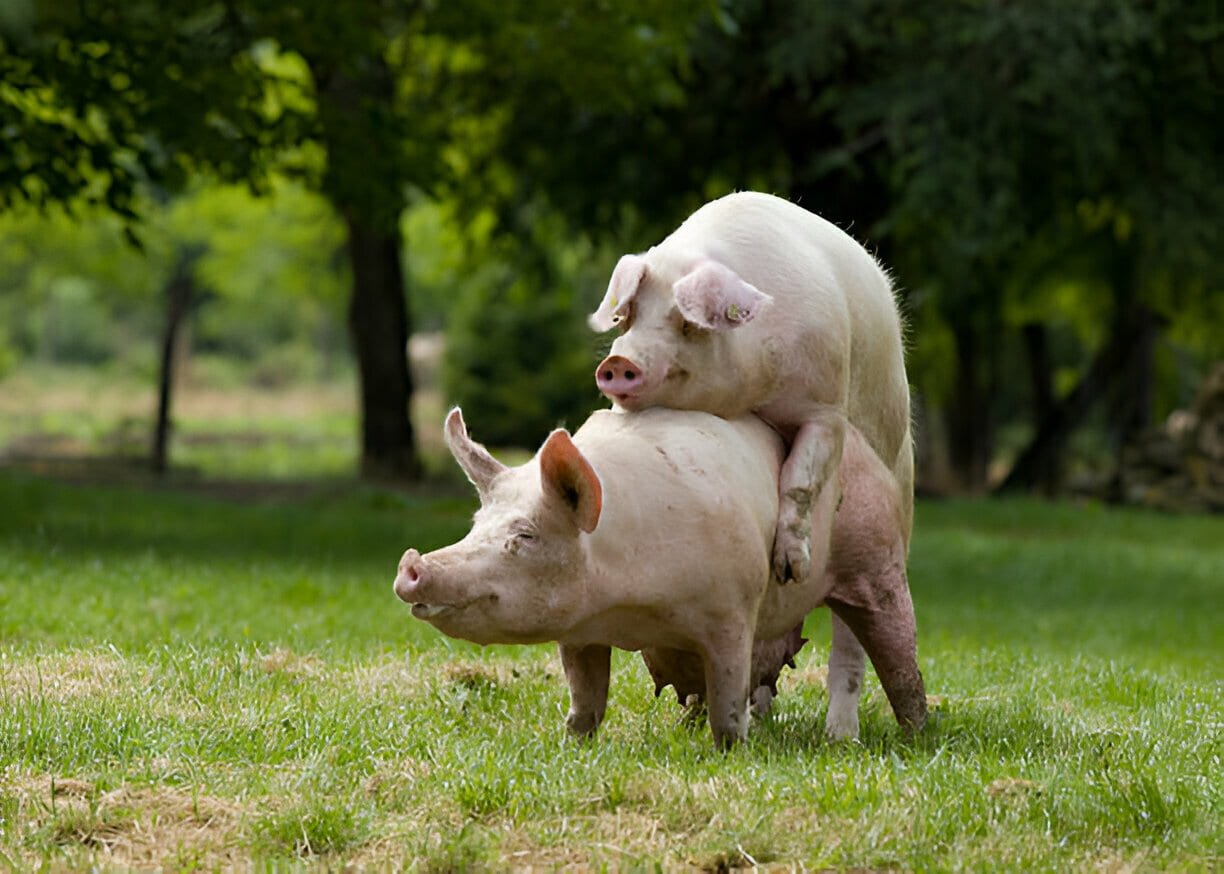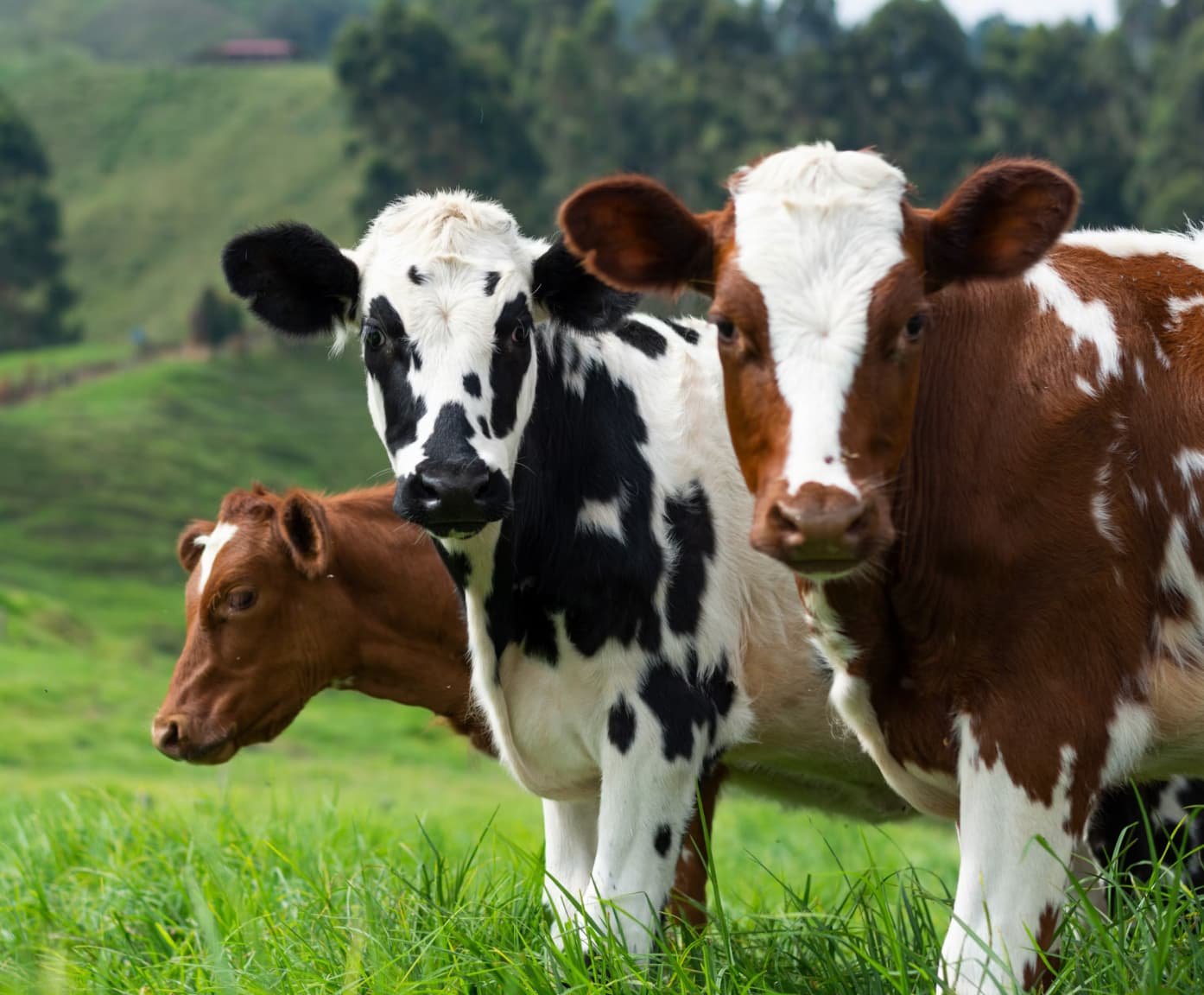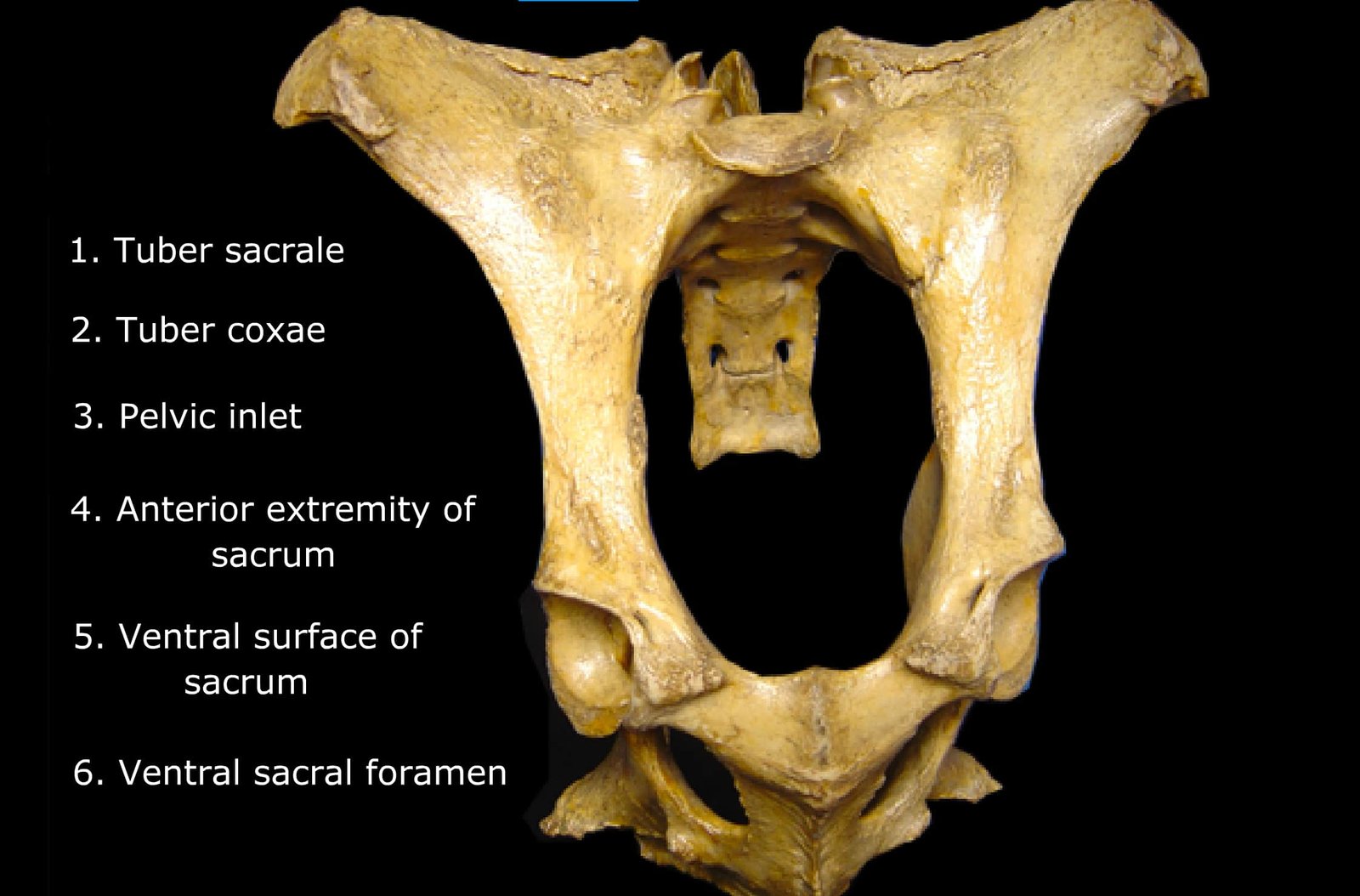TABLE OF CONTENTS
Induction of Estrus in Gilt and Sow (Pigs)
The induction of estrus in gilts and sows refers to the management and stimulation of the reproductive cycle in pigs.

Prepubertal Gilt
The gilt is first able to ovulate in response to exogenous gonadotropins at approximately 100 days of age.
The most common regimens of 500 to 1000 IU PMSG followed in 48 to 96 hours by approximately 500 to 750 IU hCG and the injection of 400 IU PMSG in combination with 200 IU hCG.
Exogenous GnRH has been used in lieu of hCG at 48 to 60 hours after PMSG administration to induce synchronized ovulation.
When either hCG or GnRH is given following PMSG, ovulation occurs at approximately 40 to 44 hours following the second injection.
Delayed Puberty
Gilts reared in confinement commonly show an onset of puberty that is substantially delayed relative to pen mates.
Most gilts that are anovulatory and anestrous are able to respond to exogenous gonadotropins with both estrus and ovulation.
Lactating Sow
During lactation, the ovaries of sows show only modest follicular development. There is gradual but progressive development of follicles in response to exogenous gonadotorpins as early as 15 days postpartum, but pregnancy rate is improved when treatment is initiated at 25 days or more following farrowing.
Postweaning Sow
Following weaning the majority of sows show signs of estrus within 3 to 7 days.
PMSG can be used alone or in combination with Hcg.
For maximum effectiveness, PMSG should be administered on the day following weaning.
Anestrous Sow
To respond to PMSG with a fertile estrus. The combination of estrogen (1 mg of either estradiol benzoate or estradiol cypionate) and hCG (1000 IU) has been used to return anestrous sows to productivity.

